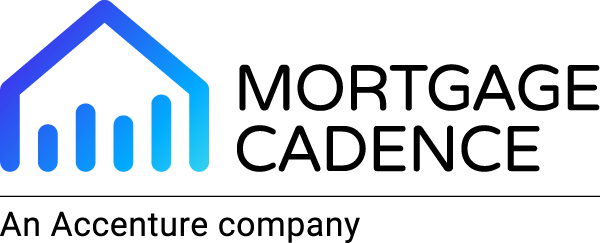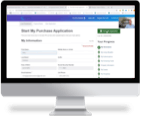It’s hard to keep a quality loan product down. We’re seeing the truth in that as changes in the economy are renewing homeowners’ interest in reverse mortgage loans.
We’ve written about the importance of these products to senior homeowners who need help with end-of-life expenses and who want to age in their home. This innovative product has made all of that possible and has increased the quality of life for millions of Americans.
But when interest rates rise, it can impact how much equity a senior homeowner can pull out of their homes with this product. As a result, we’ve seen a slowdown in reverse mortgage lending over the past year or two.
Now, it appears that the slowdown is ending, at least for reverse mortgage lenders.
The Conditions are Favorable for an Increase in Business
At the heart of this renewed interest in reverse is the current economic environment. The 10-year Treasury yield, a key benchmark for reverse mortgages, has been hovering around 3.6%. This rate directly impacts the principal limit factor (PLF) tables, effectively increasing the amount homeowners can borrow.
Coupled with consistently rising home prices, this has created a perfect storm of opportunity in the reverse mortgage space.
The growing equity in homes, particularly among older Americans who form the primary demographic for reverse mortgages, is a significant driver of this trend. As home values continue to appreciate, the wealth locked in home equity becomes an increasingly attractive resource for seniors looking to supplement their retirement income or manage unexpected expenses.
This uptick in reverse mortgage activity is outpacing the traditional mortgage sector. The reverse lending conference hosted in San Diego this year is expected to be a focal point for discussing these developments and strategizing for the future of reverse mortgage lending. We’ll be on hand at that show. We’re looking forward to some interesting conversations.
The Impact New Data Standards Will Have
Interestingly, traditional forward mortgage lenders are beginning to take notice of the reverse mortgage opportunity, albeit cautiously. There's a growing curiosity about integrating reverse mortgage capabilities into existing lending platforms. Questions about data portability and system integration are becoming more common, indicating a shift in perspective among conventional lenders.
This newfound interest aligns with ongoing efforts to standardize reverse mortgage data. The Mortgage Industry Standards Maintenance Organization (MISMO) is close to publishing a new standard for reverse mortgages, set to be released in January, 2025. Mortgage Cadence executives are active on this committee.
This landmark development will establish uniform data standards for reverse mortgages, potentially opening the door for wider adoption and integration across the lending industry. It addresses a long-standing challenge in the industry – the lack of standardized data formats that has historically made it difficult for traditional lenders to incorporate reverse mortgages into their existing systems.
The introduction of these standards could be a game-changer, enabling any lender, vendor, and other parties in the loan manufacturing ecosystem interested in entering the reverse mortgage space to do so with greater ease and efficiency.
Why Every Lender Should be a Reverse Mortgage Lender
The significant resurgence we’re seeing in the reverse mortgage industry now is catching the attention of both specialized reverse mortgage lenders and traditional forward mortgage institutions, signaling a potential shift in the lending landscape.
In the past, this would have only been of interest to lenders who specialized in this loan product. In the early days, there was a learning curve as lenders and their regulators learned how to market and originate these loans. Even though the first reverse loan products were government-backed loans, it still took time to figure everything out.
Then, it was a matter of technology. Traditional forward-lending LOS technology was not configured for reverse mortgage lending and so only those who invested in reverse lending technology could operate there. That has all changed.
Today, the Mortgage Cadence Platform (MCP) can originate reverse mortgages as easily as forward or home equity products, removing that limitation and opening up this part of the business to more lenders.
Given the demographic trends that will push millions more Americans into the qualification zone annually, every lender should be thinking about also becoming a reverse mortgage lender.
If you’re ready to take advantage of a new source of loan volume and want to learn more about getting into the reverse mortgage business, or if you’re already there but tired of maintaining more than one LOS to run your business, we’d love to have a conversation with you.
By George Morales, National Sales Director at Mortgage Cadence
Want more?
Follow us on LinkedIn to be notified when our next article is released.
Media Contacts
Mortgage Cadence:
Alison Flaig
Head of Marketing
(919) 906-9738



